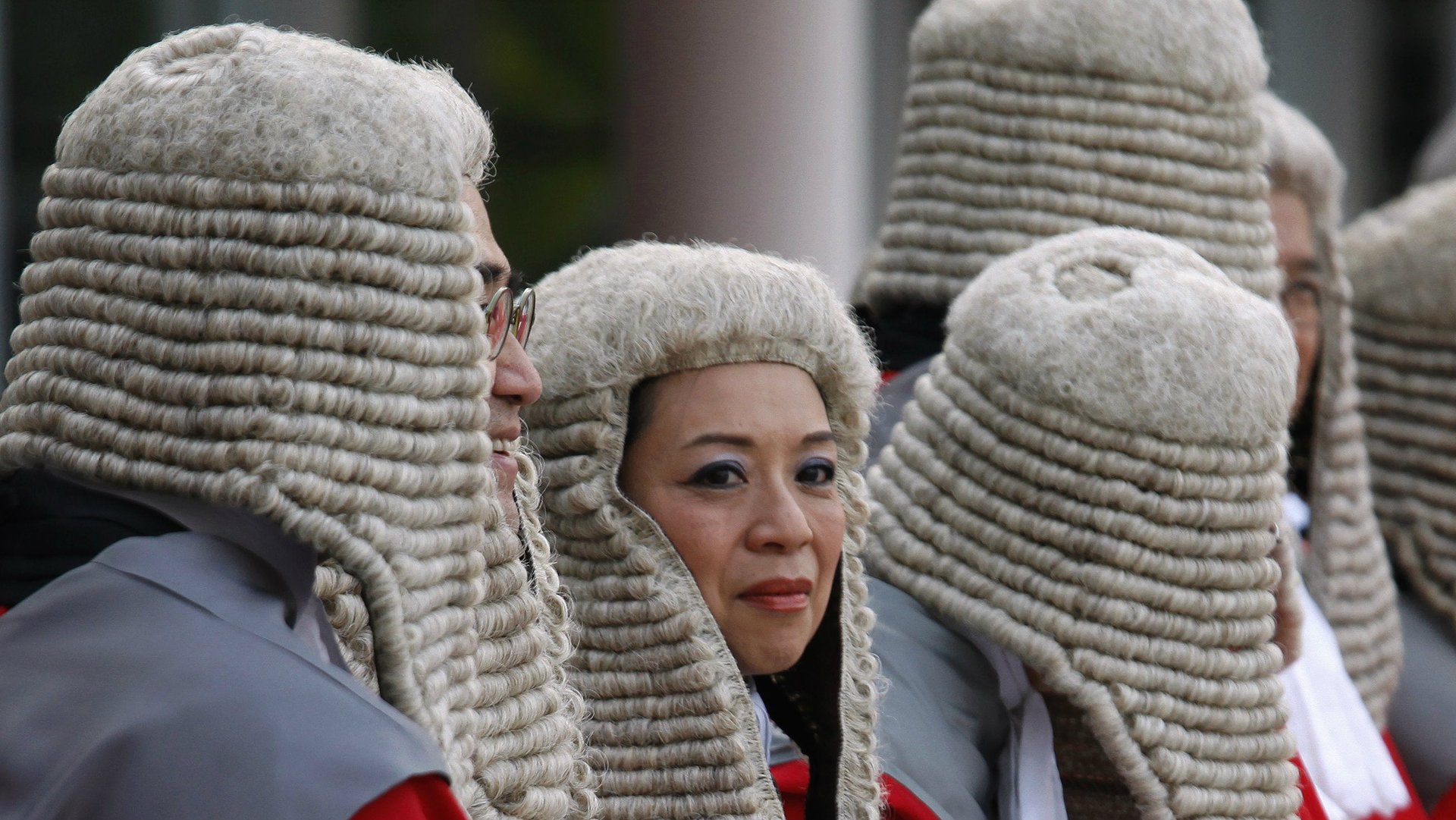A magnetic pulse to the brain will change your views on criminal punishment
We like to think of our sense of justice as a transcendental righteousness of the spirit. But in fact, the human sense of right and wrong is rooted firmly in the physical brain.


We like to think of our sense of justice as a transcendental righteousness of the spirit. But in fact, the human sense of right and wrong is rooted firmly in the physical brain.
Researchers have discovered that our ability to choose appropriate punishments for a crime can be tampered with simply by applying magnets to part of the brain—specifically, the part that’s linked to norm-based judgements (the dorsolateral prefrontal cortex, or DLPFC).
In a study published on Sept. 23rd in Neuron, Harvard psychology professor Joshua Buckholtz and his colleagues presented 66 volunteers with fictional crimes committed by “John”. In some cases, John could be held fully responsible for his actions, and in others, he was suffering from duress, psychosis or mitigating circumstances that diminished his responsibility for the wrongdoing. In each case, the volunteers had to judge how responsible John was for his crimes, and the severity of punishment he deserved.
When researchers applied magnetic stimulation to the volunteers’ brains, their evaluation of John’s blameworthiness went unaffected. However, the magnetism did seem to disrupt the DLPFC’s function, causing volunteers to mete out far lesser punishments to John in cases where he was considered fully culpable for his crimes.
This finding supports the researchers’ hypothesis that the DLPFC area is where separate judgements about harm caused and culpability get integrated.
Owen Jones, an author of the study and professor of law and biological sciences at Vanderbilt University, told Quartz that the study could have practical applications, adding the caveat that “this isn’t about defence attorneys pointing ray guns at juries.” He explained:
[The study] is about discovering how our brains go about complicated decisions that are crucial to a just society, decisions that require weighing the harm a person’s done and his intentions at the time.
This study demonstrates that the mental machinery of blaming is distinct, within both the cranium and time, from the machinery that makes the final punishment decision. The more we can learn about how people actually make complex liability and punishment decisions, the better we can develop training and education techniques to ultimately help control the subtle biases that can infect criminal justice decisions.
Criminal justice judgements should be considered no less meaningful for their biological roots. As the authors of the study write in their paper: “Thousands of jurors and judges weigh the fates of criminal defendants every day, a process that enables the large-scale cooperation and widespread peace that we all enjoy… However, this process is no less remarkable for being so commonplace.”